Mamboury claims to have identified this in 1912. It seems to have been founded in about 460, which makes it significantly older than the existing Aya Sofya and about the same age as the Monastery of St John of Studion. It may have been a synagogue that served the coppersmiths’ district and was converted later. It is difficult to find now. It is behind the new Dongyang hotel and part of its wall forms the back of a carpet shop (41.009682,28.978189) The shopowner allowed me to clamber through a trapdoor and onto the roof in exchange for some furniture-moving labour. The walls of the apse are well preserved, probably because nobody can get to them. There are the remains of a spiral staircase, probably from a minaret during its brief Muslim history.
The church was once a large basilica, famed for containing the girdle of the Virgin Mary, since looted and now in a monastery on Mt Athos. St Mary Chalcoprateia served as the Patriarchate between the destruction of the second incarnation of Aya Sofya in the Nika rebellion of 532 and the building of the third.
The surviving hulk is probably the remains of an apse at the eastern end of the former basilica. There are several other remains associated with St Mary Chalcoprateia.
The lower section of this wall appears to be of Byzantine origin.
There is apparently an octagonal Chapel of St Jacob located beneath the Zeynep Sultan Hotel. Pictures of this are on this page of the Mon Kassia blog posted in 2012 by Tatiana Senina. The chapel appears to have been part of the complex attached to St Mary Chalcoprateia.

Categories: Uncategorized | 1 Comment »
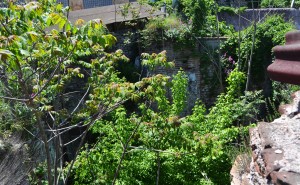
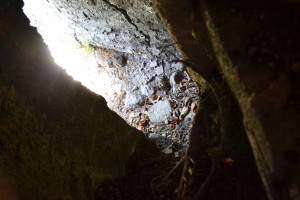
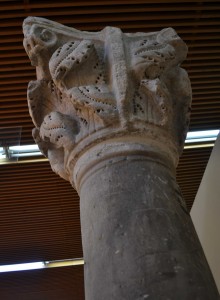
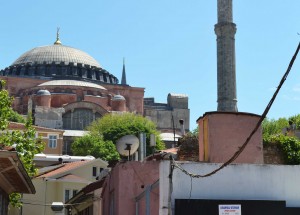
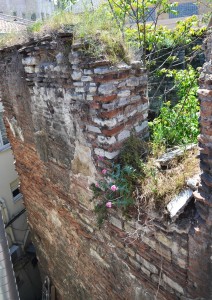

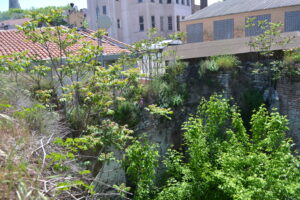
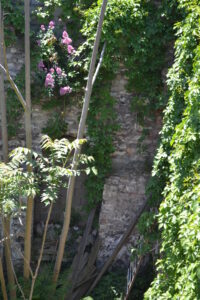
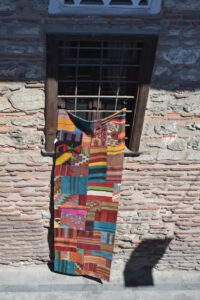

July 11th, 2016 at 10:56 am
[…] still an impressive beast. It’s the only existing Byzantine basilica except for St Mary Chalkoprateia, which is far more of a wreck. It has lovely mosaic pavements and just enough sculpture remaining […]